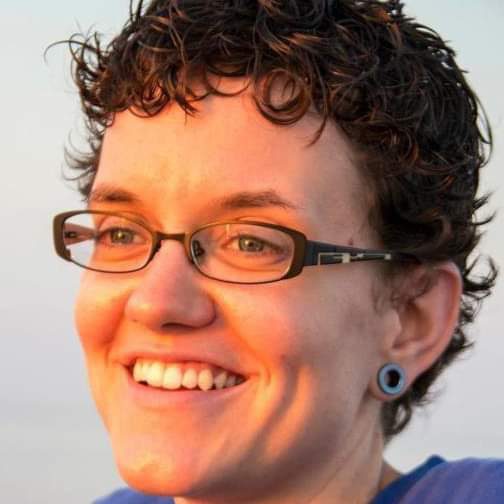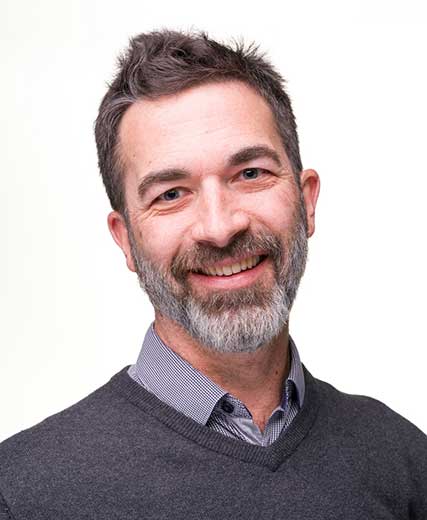By
Amanda Tan - Associate Director for Research Development
Estimated reading time: 4 minutes
The CLASS Advanced learning program, built for researchers by researchers, aims to empower the research community to harness the power of the cloud by combining immersive training with hands-on, real-world projects.
As the 6th cohort of CLASS Advanced kicks off April 29, we look back on some of the projects that previous program participants worked on.
Ways to Deploy Scientific Workflows to the Cloud
A considerable challenge in campus cloud adoption is the lack of automated ways to deploy scientific workflows to the cloud. Reusable, replicable, and extensible templates are a simple way to overcome this hurdle.
A considerable challenge in campus cloud adoption is the lack of automated ways to deploy scientific workflows to the cloud. Reusable, replicable, and extensible templates are a simple way to overcome this hurdle.
In 2023, both the Spring and Fall CLASS Advanced cohorts worked on projects with a common theme: building shareable Infrastructure-as-Code (IaC) templates for several different use cases that they then shared on GitHub.
 Kate Birney, a Cloud Engineer from Oregon State University, participated in building Azure templates for deploying Jupyterhubs in the classroom.
Kate Birney, a Cloud Engineer from Oregon State University, participated in building Azure templates for deploying Jupyterhubs in the classroom.
Spring 2023 CLASS Advanced participants worked together on higher-ed specific projects. These projects included automating multi-cloud deployment of Jupyterhubs for Classrooms and facilitating multi-cloud networking to create site-to-site virtual private network (VPN) connection using Internet Protocol security (IPSec) between AWS and GCP.
For the first project, the cohort developed scripts for logging in, networking, and building Kubernetes clusters on AWS, GCP, and Microsoft Azure.
“My biggest takeaway from working with my cohort was just learning about different ways to use systems, resources, and tools,” said Kate Birney, a cloud engineer at Oregon State University. “It was great to learn with other folks who do what I do.”
Cohort Builds Templates for Other Research Teams
In the Fall 2023 Cohort, research participants continued the effort to develop a shareable GitHub repository consisting of Terraform and Ansible templates for deploying some of the most common Research in the Cloud use cases.
 Thomas Cram, Software Engineer at the National Center for Atmospheric Research (NCAR) is part of the team that provided a cloud migration use case.
Thomas Cram, Software Engineer at the National Center for Atmospheric Research (NCAR) is part of the team that provided a cloud migration use case.
Astitva Chopra, a research computing facilitator from the University of California, Riverside led the effort to create a Research Computing Infrastructure Repository (RCIR). A team from the National Center for Atmospheric Research (NCAR) provided a use case for migrating on-premise data-sharing infrastructure to the cloud.
“The class project allowed us to work together with research community peers to develop and test a use case that could easily be implemented and deployed on the production system at our institution,” observed NCAR software engineer Thomas Cram. “This collaboration brought new perspectives and ideas to our use case, which is a great benefit in the long run.”
The cohort then worked together for a week using credits provided by GCP and AWS to develop IaC templates.
The Spring and Fall 2023 Cohorts are currently working on producing a white paper based on the project outcomes.
If you want to learn more about empowering your campus or research group to utilize the cloud, consider enrolling in CLASS Advanced to increase your knowledge of IaC, Kubernetes, Networking, Security, and other cloud tools. The enrollment window for the Spring 2024 cohort of CLASS Advanced is now open, so get started on your application today.
About the Author(s)
Amanda Tan is the Associate Director for Research Development at MS-CC at Internet2, where she leads initiatives that strengthen research capacity, workforce development, and cyberinfrastructure adoption across HBCUs and TCUs. She develops strategic roadmaps, programs, and partnerships that connect faculty, students, and institutions with national research resources, while delivering cutting-edge training in cloud and AI for the research and higher education community.